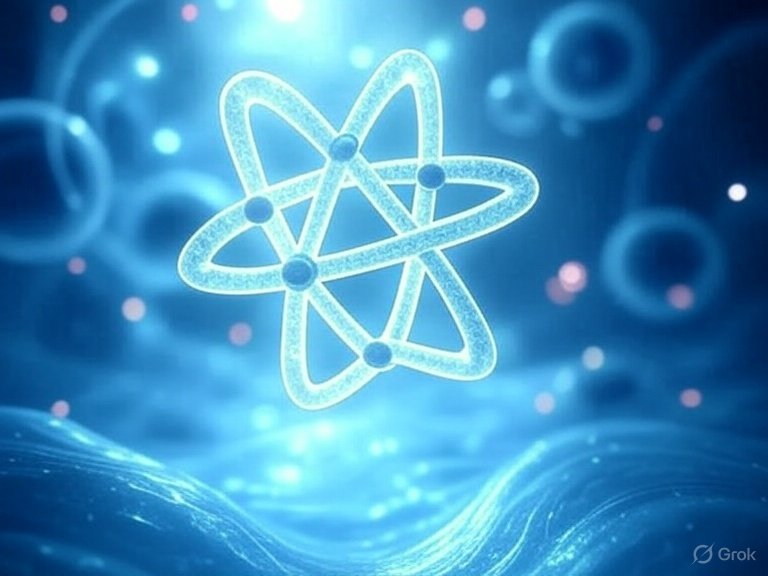
Sulfur compounds in produced natural gas and oil are critical considerations in the energy industry due to their impact on processing, environmental compliance, and equipment integrity. These compounds vary in type and concentration depending on geological, chemical, and operational factors. This article explores the primary sulfur species found in produced hydrocarbons, their characteristics, and the factors influencing their presence.
Sulfur Species in Natural Gas and Oil
1. Hydrogen Sulfide (H₂S)
- Description: A colorless, toxic, and highly corrosive gas with a characteristic “rotten egg” odor. H₂S is one of the most significant sulfur compounds in natural gas and, to a lesser extent, in crude oil.
- Impact: Causes corrosion in pipelines and equipment (sour corrosion), poses health risks, and requires removal to meet pipeline specifications (typically <4 ppm for natural gas).
- Occurrence: Common in “sour” gas and oil reservoirs, where sulfur content can range from trace amounts to over 20% by volume in extreme cases.
2. Elemental Sulfur
- Description: A solid, yellow substance that can exist in dissolved or suspended form in natural gas and oil under high-pressure and high-temperature conditions.
- Impact: Can precipitate during production, leading to blockages in pipelines, valves, and processing equipment. This is particularly problematic in high-pressure gas wells.
- Occurrence: Found in reservoirs with high H₂S content, where it forms through chemical reactions or microbial activity.
3. Mercaptans (Thiols)
- Description: Organic sulfur compounds (R-SH) like methyl mercaptan (CH₃SH) or ethyl mercaptan, characterized by strong odors.
- Impact: Contribute to the foul smell of crude oil and gas, complicate refining processes, and require removal for odor control and product quality.
- Occurrence: Typically present in low concentrations in both oil and gas, but more prevalent in lighter crude oils.
4. Thiophenes and Benzothiophenes
- Description: Complex, cyclic sulfur compounds with sulfur atoms integrated into aromatic or heterocyclic structures.
- Impact: Stable and difficult to remove during refining, contributing to sulfur content in fuels. They are less reactive than H₂S or mercaptans.
- Occurrence: Predominantly found in crude oil, especially heavier crudes, and less common in natural gas.
5. Carbonyl Sulfide (COS)
- Description: A colorless gas formed during the degradation of organic matter or through reactions involving H₂S and CO₂.
- Impact: Less corrosive than H₂S but can hydrolyze into H₂S under certain conditions, complicating gas treatment.
- Occurrence: Found in natural gas, particularly in reservoirs with significant CO₂ content.
6. Disulfides and Polysulfides
- Description: Organic compounds containing sulfur-sulfur bonds (R-S-S-R or R-Sₓ-R), often formed during oxidative processes.
- Impact: Less volatile than mercaptans but contribute to sulfur content in refined products, requiring additional processing.
- Occurrence: More common in crude oil than natural gas, especially in oxidized or aged reservoirs.
Factors Influencing Sulfur Species and Concentrations
Several geological, chemical, and operational factors determine the types and amounts of sulfur compounds in produced hydrocarbons:
1. Geological Origin of the Reservoir
- Source Rock Composition: Sulfur content is higher in reservoirs formed from organic-rich marine sediments, where sulfate-reducing bacteria convert sulfates to H₂S or other sulfur compounds.
- Reservoir Type: Carbonate reservoirs (e.g., limestone) often have higher H₂S content than sandstone reservoirs due to the presence of sulfate minerals like anhydrite.
- Maturation Level: Highly mature reservoirs (e.g., deep, high-temperature reservoirs) may have higher elemental sulfur or H₂S due to thermal cracking of sulfur-containing organic matter.
2. Reservoir Conditions
- Temperature and Pressure: High temperatures and pressures favor the formation of elemental sulfur and H₂S. For example, elemental sulfur solubility increases in gas under high-pressure conditions, but it may precipitate as pressure drops during production.
- Redox Conditions: Reducing environments (low oxygen) promote H₂S formation through microbial or thermochemical sulfate reduction (TSR).
- Presence of Water: Water in reservoirs can facilitate microbial activity, increasing H₂S production via sulfate-reducing bacteria.
3. Fluid Composition
- Hydrocarbon Type: Light crude oils tend to have more mercaptans, while heavy crudes contain more thiophenes and benzothiophenes. Natural gas is more likely to contain H₂S and COS.
- Non-Hydrocarbon Gases: High CO₂ or nitrogen content can influence reactions like COS formation or H₂S stability.
4. Microbial Activity
- Sulfate-Reducing Bacteria (SRB): These microbes reduce sulfate ions in reservoir water to H₂S, significantly increasing sour gas content. SRB activity is more prevalent in shallow, cooler reservoirs or during waterflooding operations.
- Biodegradation: Microbial degradation of hydrocarbons can produce mercaptans and other sulfur compounds in oil.
5. Operational Factors
- Production Techniques: Enhanced oil recovery methods, such as water or gas injection, can introduce sulfates or alter reservoir chemistry, increasing H₂S production.
- Processing and Handling: Improper handling (e.g., exposure to air) can oxidize mercaptans into disulfides, altering sulfur speciation. Pressure drops during production can cause elemental sulfur deposition.
6. Regional Variations
- Geographic Differences: Sulfur content varies by region. For example, Middle Eastern crudes (e.g., Saudi Arabian) often have high sulfur (2-3% by weight), while North Sea crudes are typically lower in sulfur. Gas fields in the Middle East and Russia often have high H₂S content.
Mitigation and Management
Managing sulfur compounds is essential for safety, environmental compliance, and operational efficiency:
- H₂S Removal: Amine treating, Claus process, or scavengers are used to remove H₂S from gas streams.
- Elemental Sulfur Control: Solvents or inhibitors prevent deposition in pipelines.
- Refining Processes: Hydrodesulfurization (HDS) removes thiophenes and mercaptans from crude oil to meet fuel sulfur standards (e.g., <10 ppm for ultra-low sulfur diesel).
- Monitoring: Regular testing of sulfur content during production ensures compliance with regulations and prevents equipment damage.
Conclusion
The sulfur species in produced natural gas and oil—H₂S, elemental sulfur, mercaptans, thiophenes, COS, and disulfides—vary widely in their properties and impacts. Their presence is influenced by geological factors (reservoir type, source rock), environmental conditions (temperature, pressure, microbial activity), and operational practices. Understanding these factors allows producers to anticipate sulfur-related challenges, implement effective mitigation strategies, and ensure compliance with environmental and safety standards.





